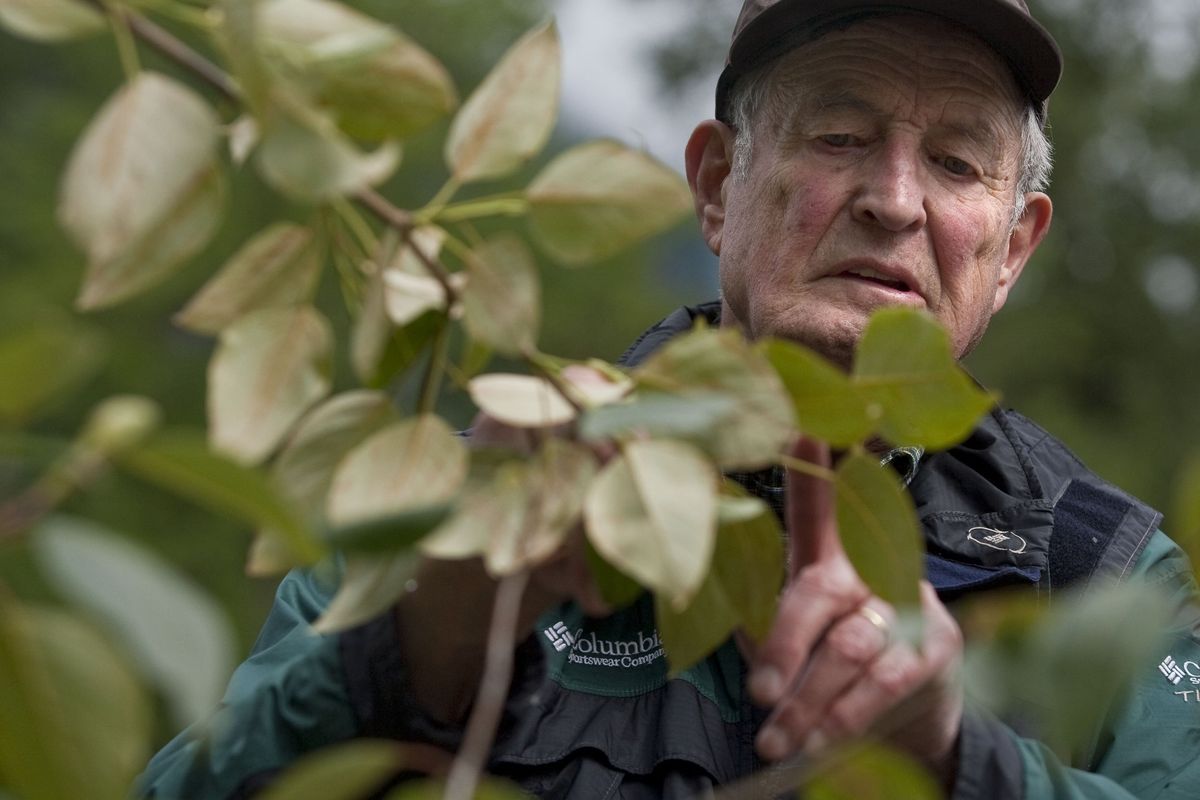Cottonwood fluff filling skies again
Rugged tree enters propagation season

SEATTLE – Flurries at Union Bay, a dusting at Magnuson Park, deep drifts in Kirkland – spring is in the air for sure, as it snows cottonwood fluff.
Drive Interstate 90 these days, and the breeze is made visible by the puffs of white cottonwood seed aloft, delicate as duck down. It’s actually the signature of a tough survivor.
Cottonwood colonizes some of the roughest territory taken on by any tree, taking root in pure sand or gravel along riverbanks, and thriving on the disturbance manufactured by rivers. Native to western North America, and a coastal species ranging from Alaska to California and as far inland as the Rockies, cottonwood is the constant companion of the flood plains of rivers draining into Puget Sound.
And cottonwoods pump out gazillions of seeds, usually from the last week of May into about the first two weeks of June, a floating trademark of this tree’s survival strategy: Do everything before the other trees out there – and do a lot of it.
Black cottonwood gestates its seeds and gets them flying on the wind to beat the competition, casting its progeny many miles – that’s just the idea, to get as far away as possible from their parents. Cottonwoods need full sun; they can’t live in their own shade.
“To be under the parent is the last damn thing you want to be; you need to get away,” said Reinhard F. Stettler, professor emeritus of forestry at the University of Washington and author of “Cottonwood and the River of Time.” A lifelong student of cottonwood, he’s gotten to know its ways in every season – and the many strategies the tree deploys to survive.
That fluff can travel 20 miles on a breeze, but that is just the beginning of the tree’s lust for propagation. Its tiny seeds will float atop the current of a spring freshet, and, waterborne to a sandy beach, sprout within 24 hours of hitting even the barest cobble. It can even propagate without any seeds at all, sprouting new shoots from a branch broken and carried downriver.
But sniffles and sneezes? Those, despite popular belief, are not the work of cottonwood, which just happen to be detonating wads of fluff as other trees and plants drive allergy sufferers crazy. “People hate cottonwood for that,” Stettler said. “But it’s totally a myth.”